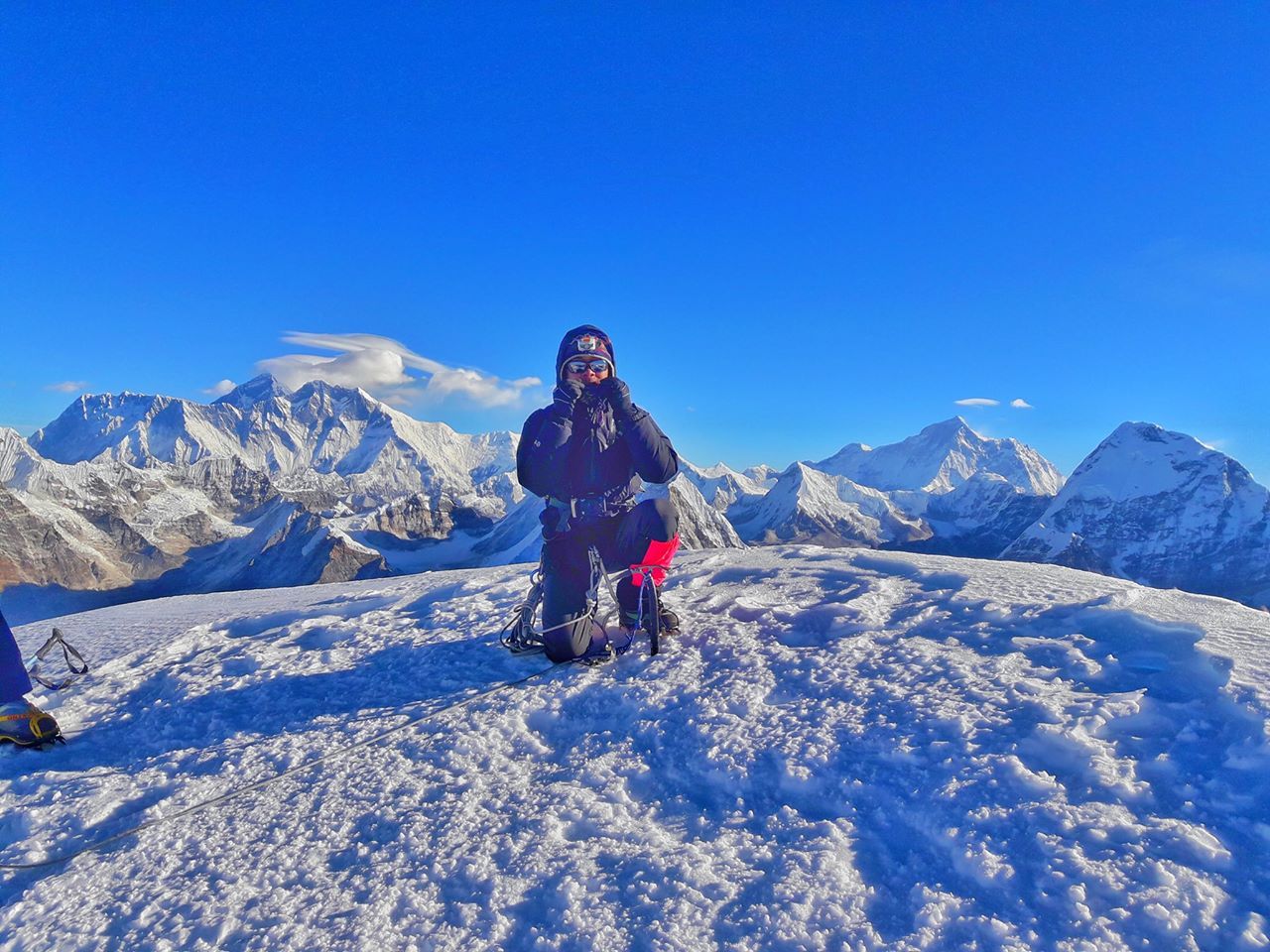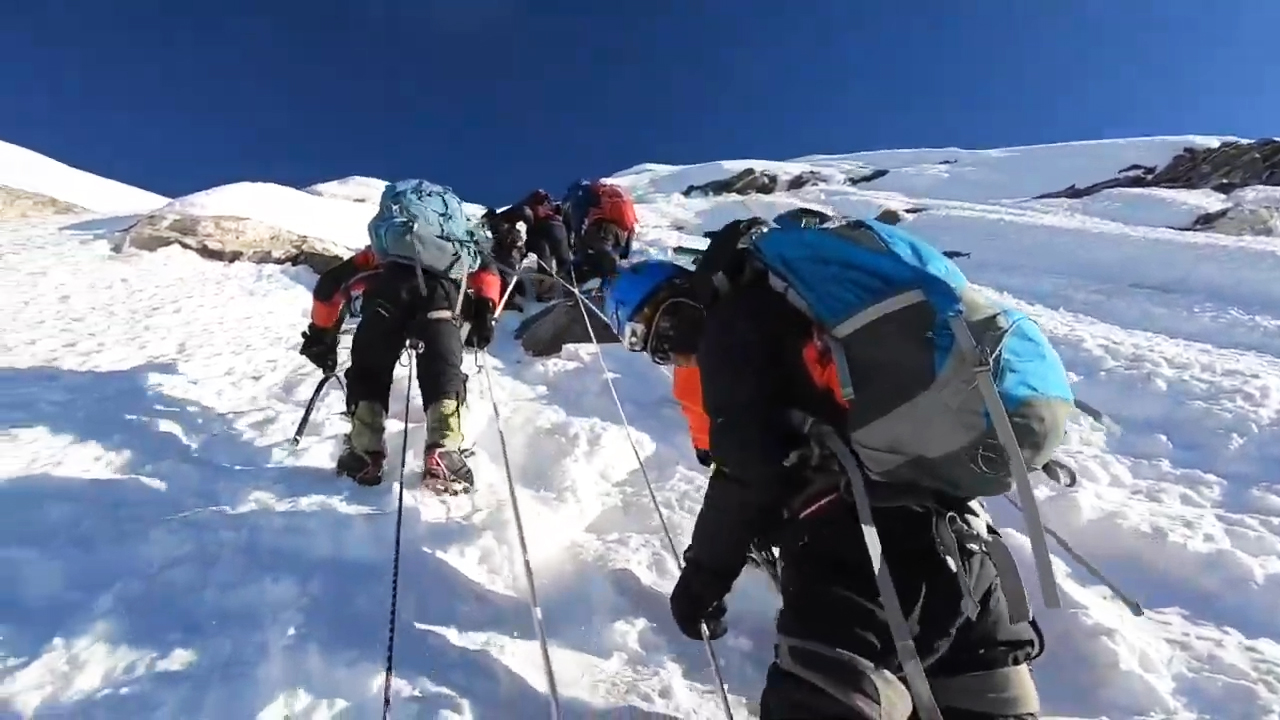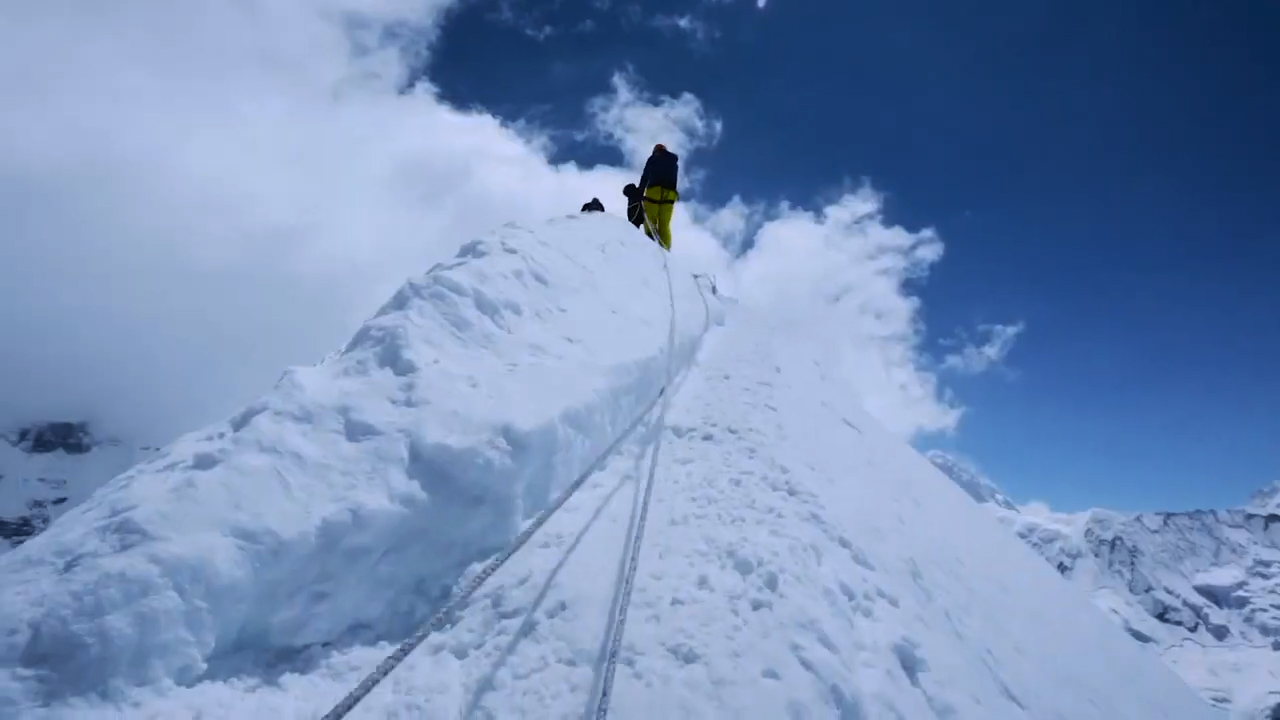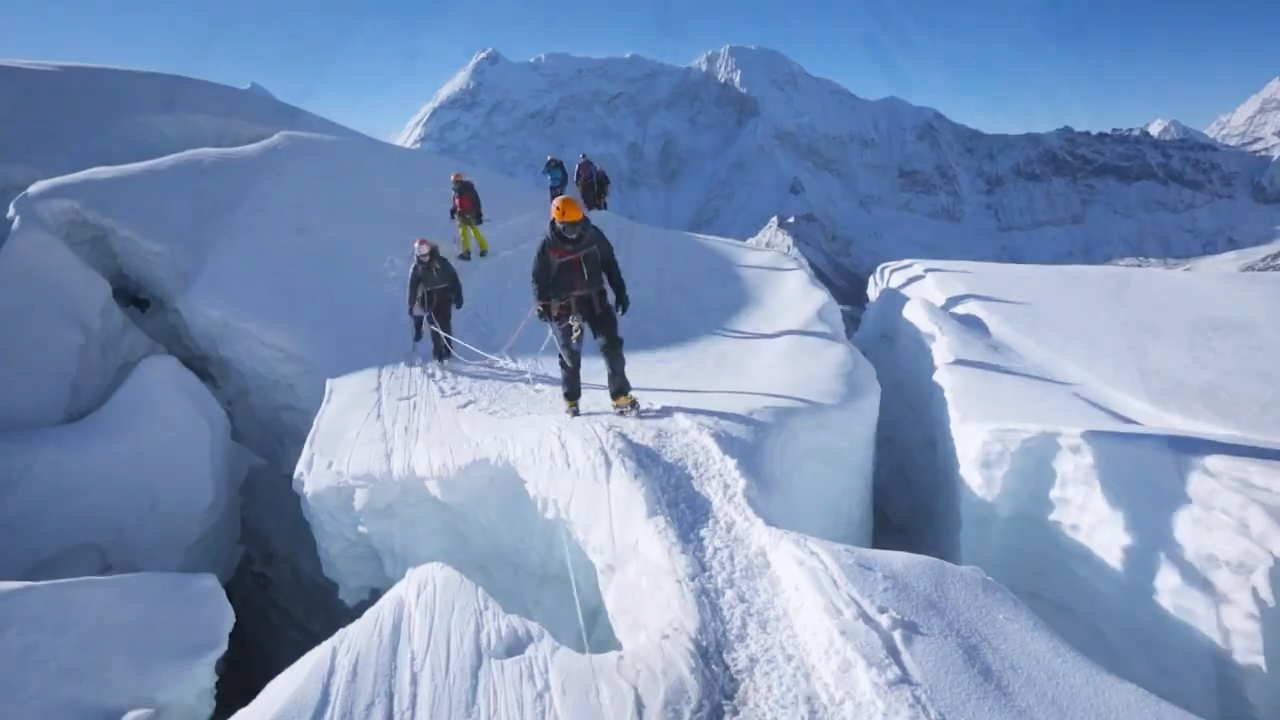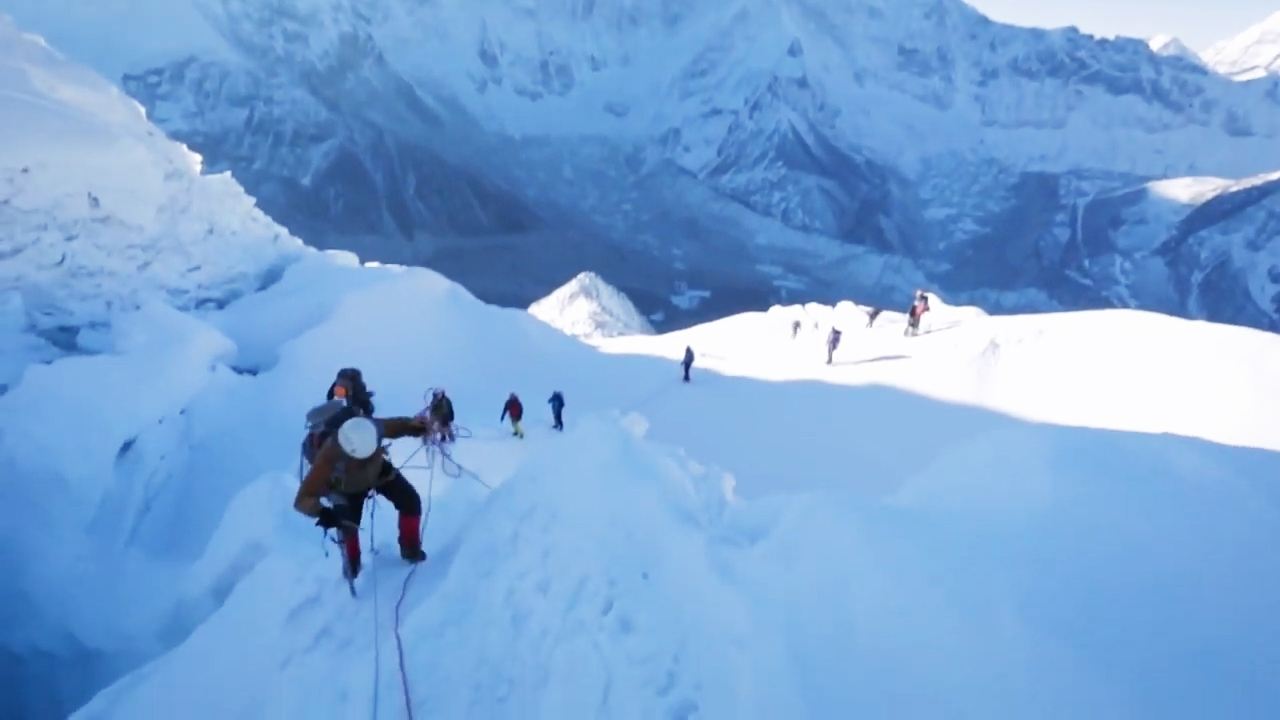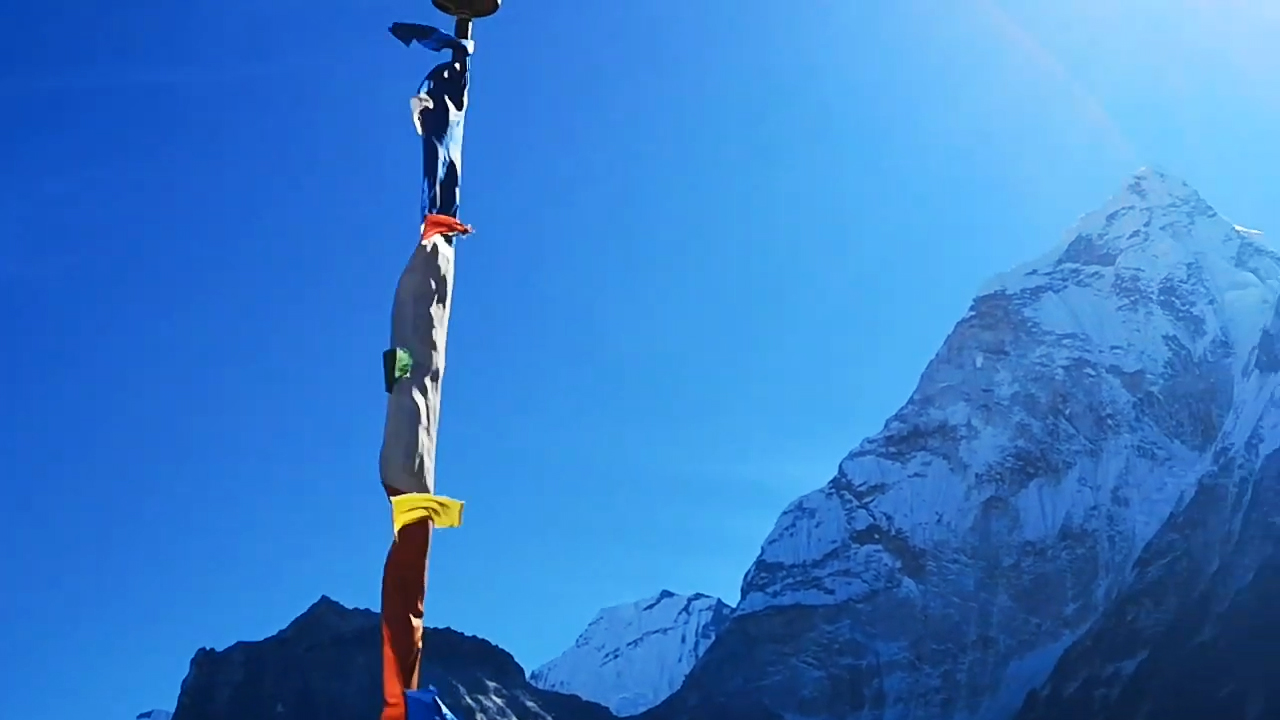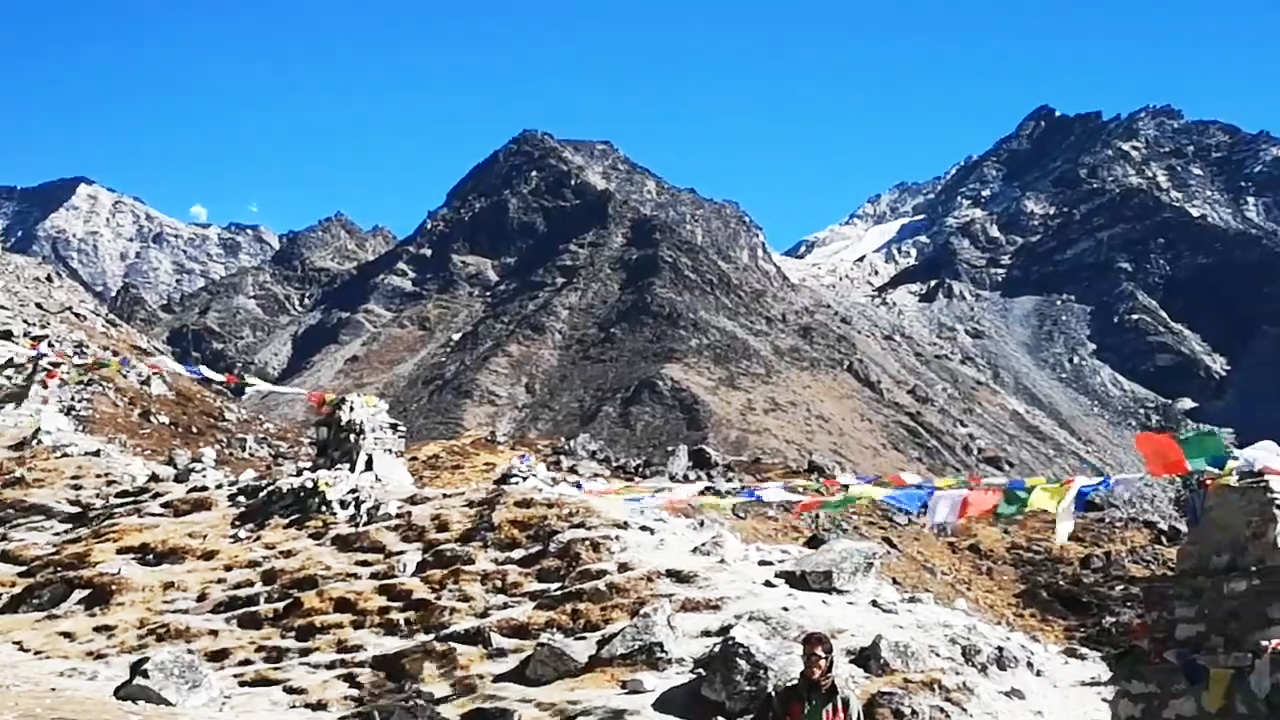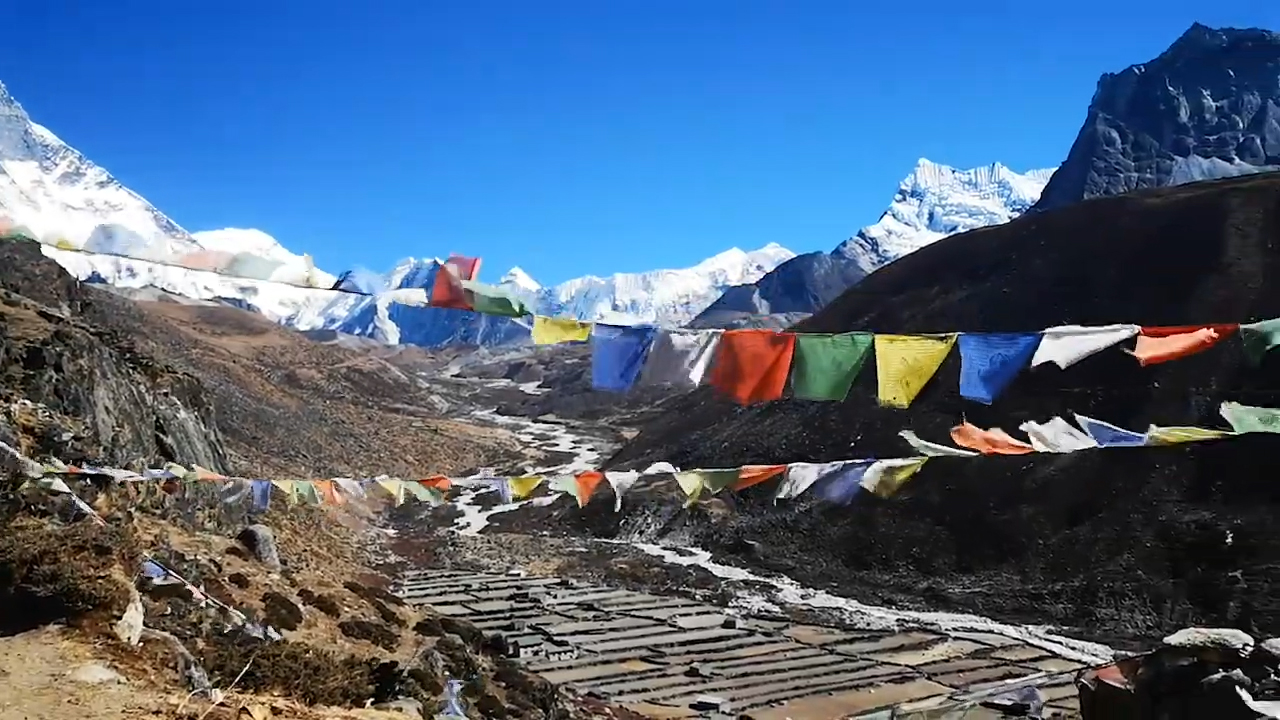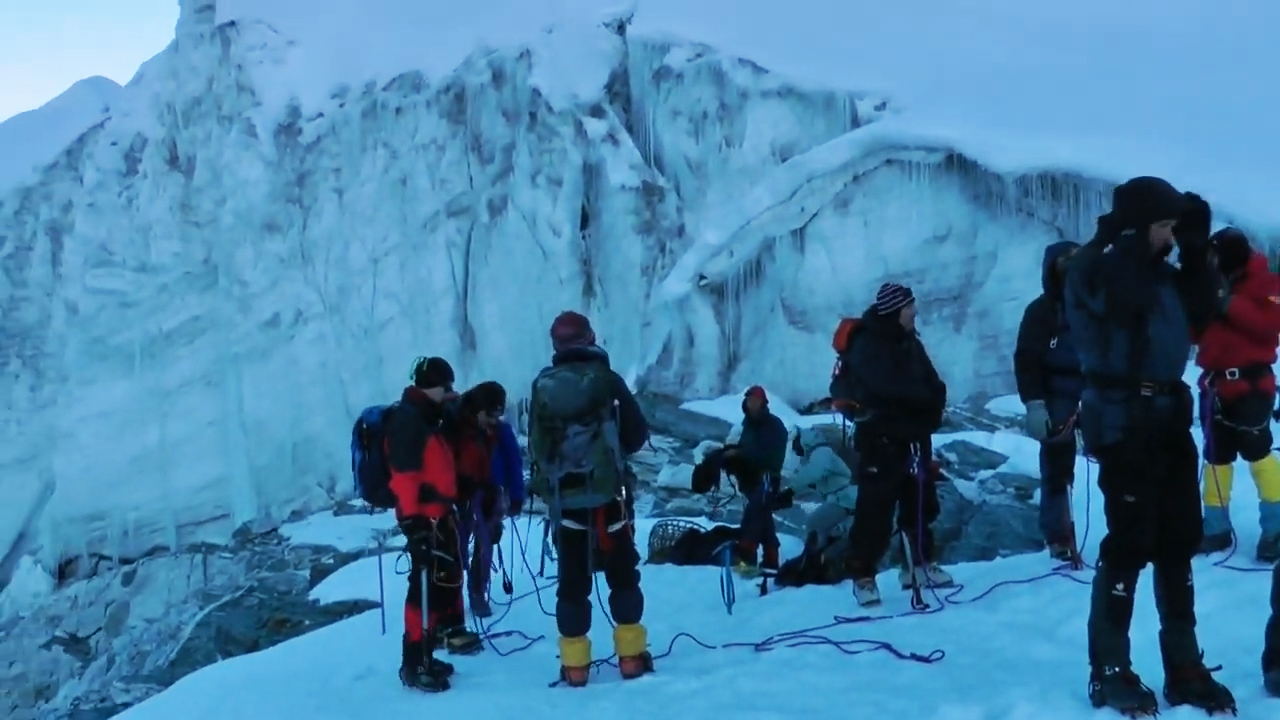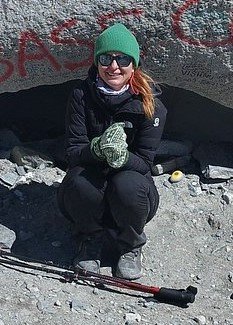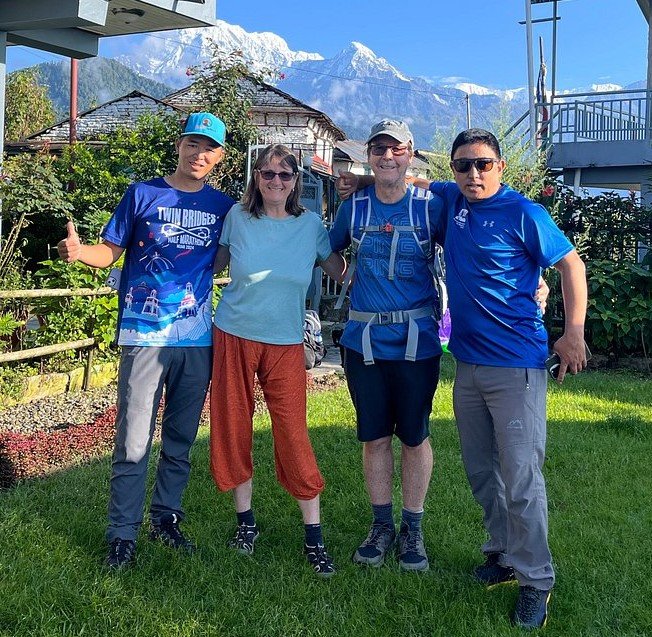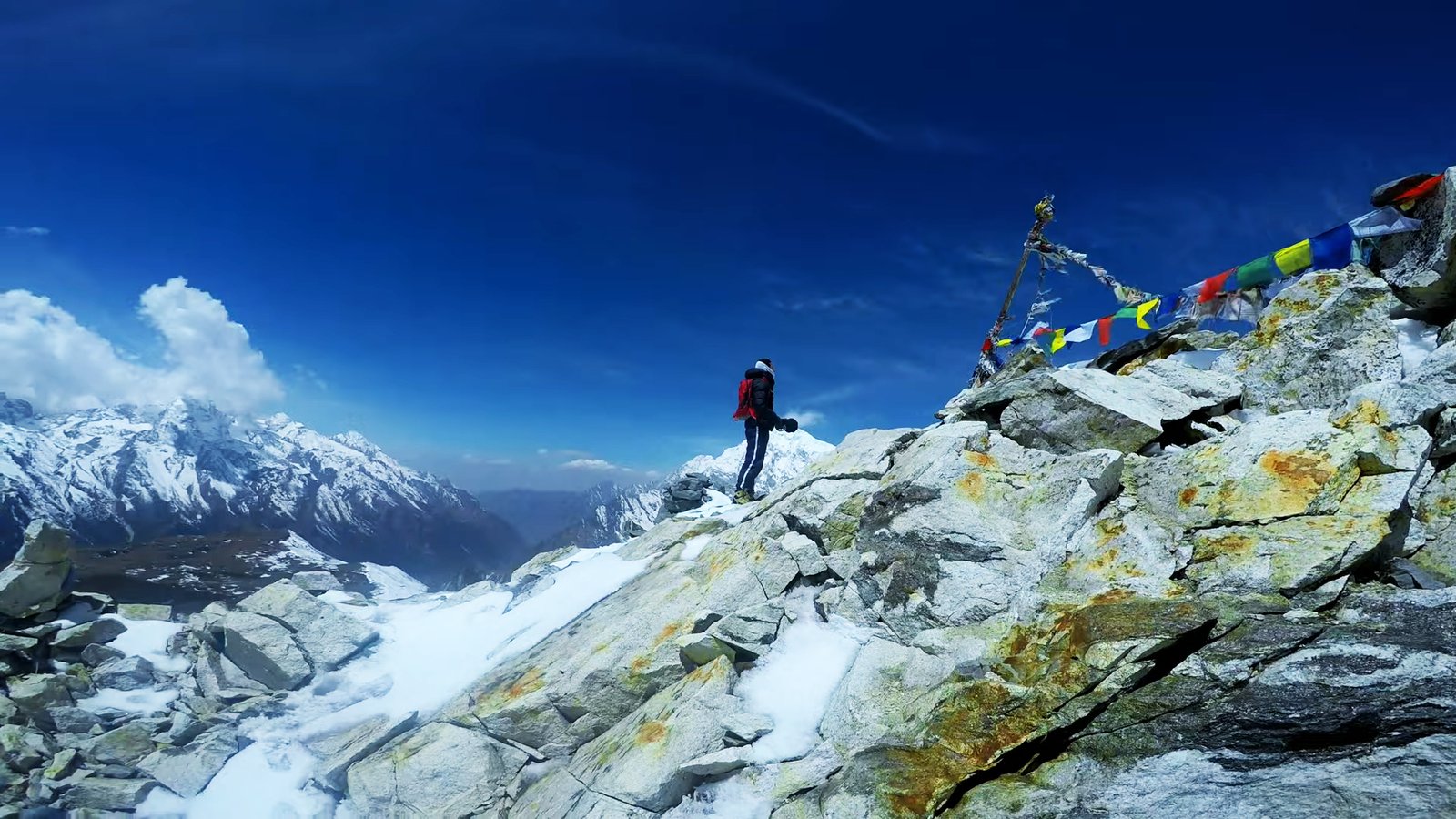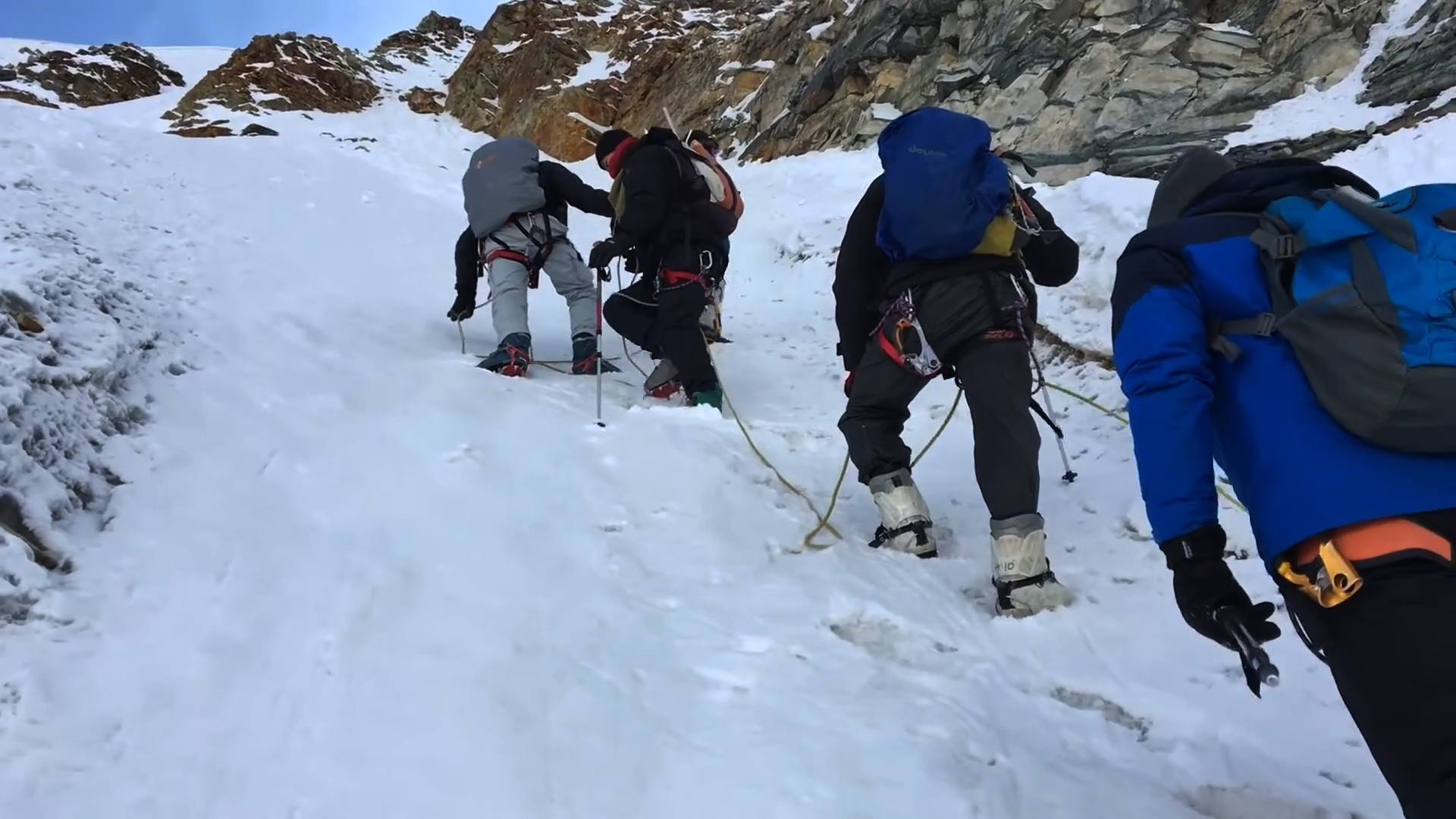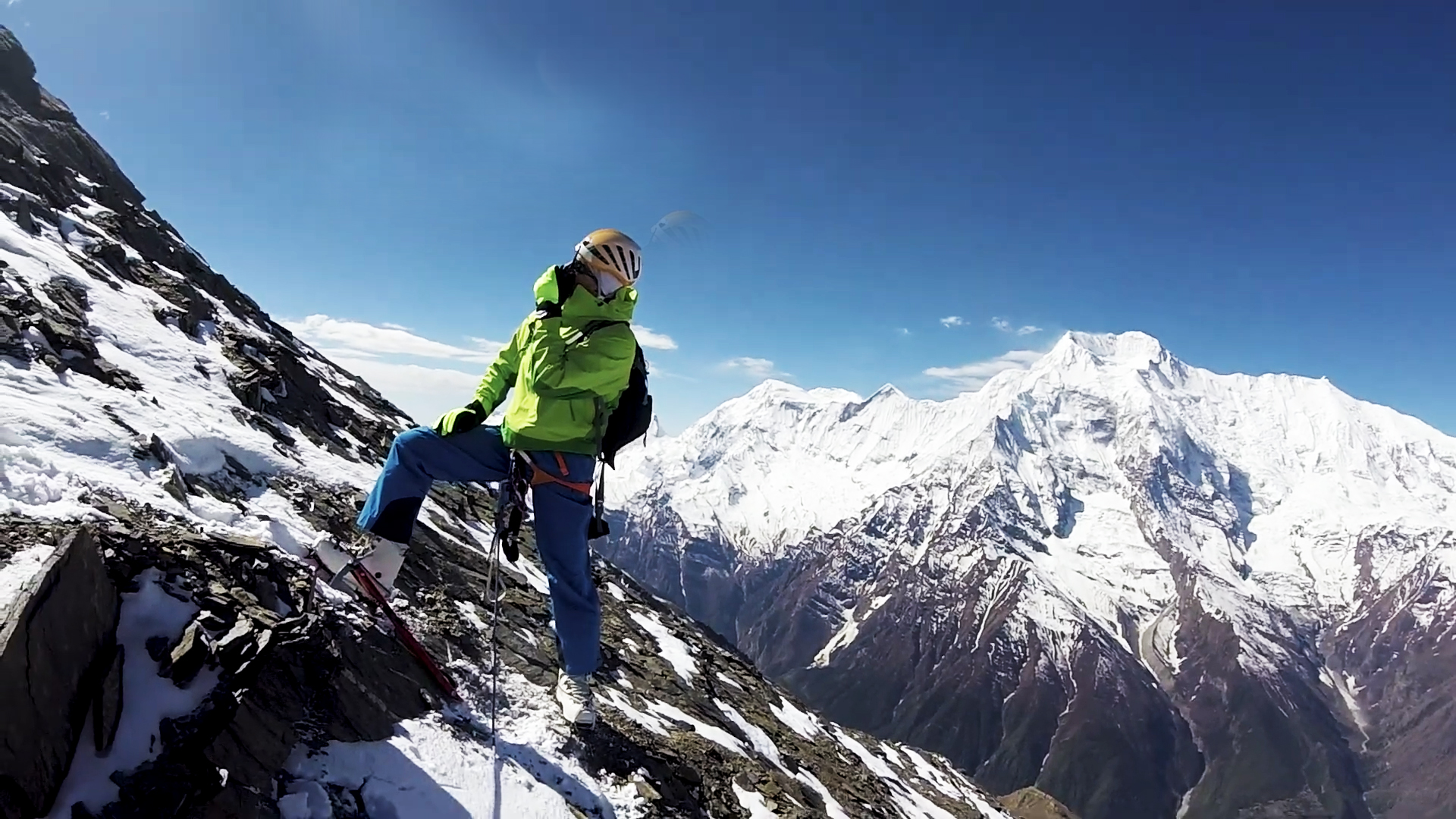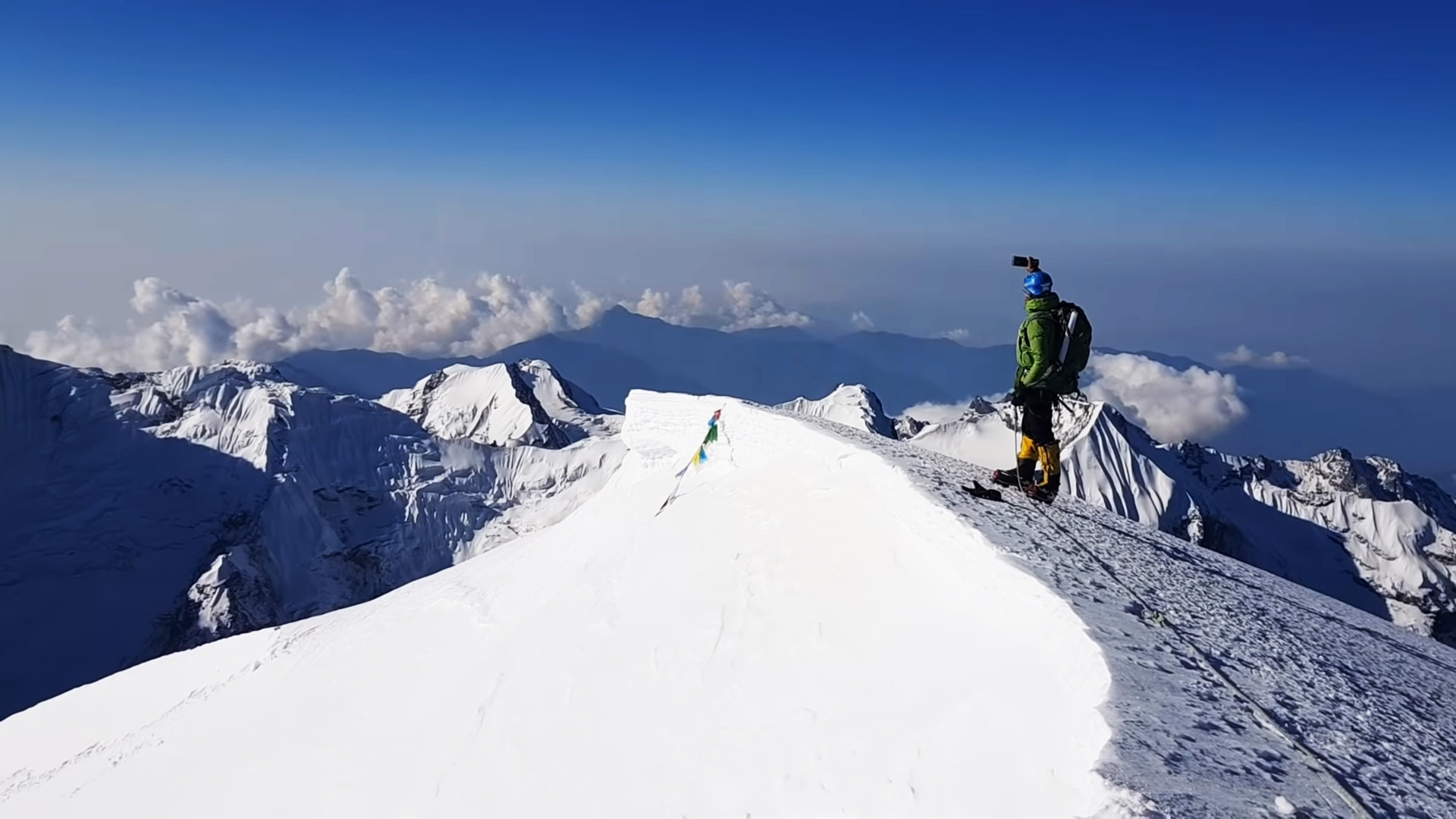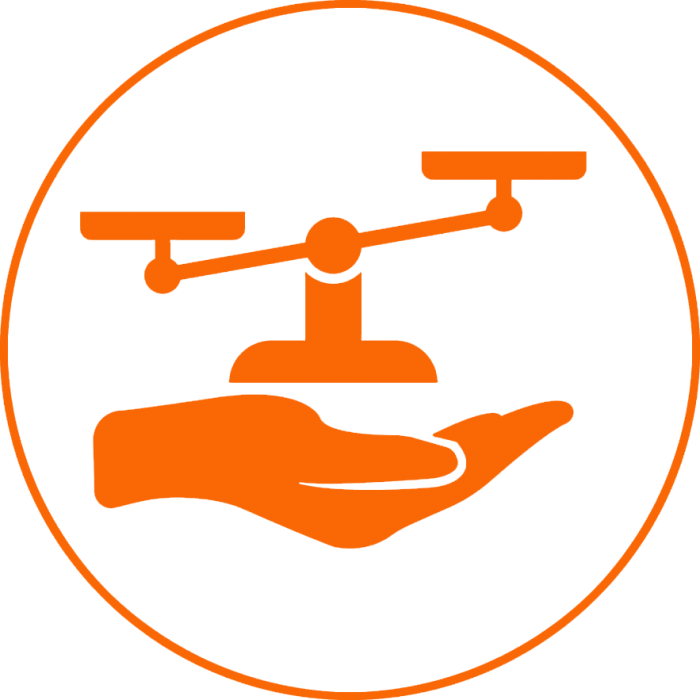Trip Overview
Introduction to Everest Base Camp with Island Peak Climbing
EBC with Island Peak climbing is an adventure that combines Mount Everest Base Camp trekking and Island Peak climbing in one trip. Reaching the base camp of the highest mountain in the world and climbing the most famous trekking peak in Nepal is the desire of any adventurous traveler.
EBC with Island Peak climbing is a great trip for the adventurous traveler who wants to experience trekking as well as climbing. This is an adventure trip to the land of mountains, which is very exciting and thrilling! Most climbers choose Island Peak for their initial practice for the Mount Everest expedition.
Trekking in the Khumbu region of Mount Everest is one of the most beautiful treks in Nepal, which is rich in natural beauty and culture. The trip starts with a short flight to Lukla. From Lukla, the trekking route takes you through beautiful, ancient Sherpa villages to the Everest base camp.
You may like: Everest Base Camp Trek in just 14 days, Cost, Package, Difficulty, Itinerary
Feel the touch of cool, fresh air while walking inside the Sagarmatha National Park (a World Heritage Site) and enjoy the rich flora, fauna, and rhododendrons. Buddhist culture, monasteries, stupas, religious prayer flags, stone-carved chants, religious prayer wheels, etc., also make your journey divine and spiritual.
An opportunity to learn about culture and tradition
In various Sherpa settlements, you get the opportunity to learn about the unique Sherpa cultures, hospitality, old monasteries, Buddhism, and the lifestyle of the locals, which is a beautiful and unforgettable travel experience of your life. Another attraction of the Everest region is the Tengboche monastery, which is surrounded by mountain views and lush green forests.
After the journey to the base camp, climb the island peak, which looks like an island surrounded by glaciers. This Peak is also known as Imja Tse. As a result of hard work, the summit offers you an amazing 360-degree view of Mount Everest (8,848 m), Lhotse (8516 m), Nuptse (7,861 m), Ama Dablam (6,812 m), Kantega (6,782 m), and Thamserku (6,623 m) mountains.
Climbing the EBC with Island Peak climbing does not require technical training, but requires physical fitness. EBC with the Island Peak climbing package includes all the gear you need to climb. And our experienced Sherpa guide also provides pre-climbing training. Basic teahouses and lodges are available along the trekking route, but during the climbing period, the climber has to arrange a tented camp.
To the Everest base camp with Island peak climbing, you have to get a climbing permit. This Climbing permit is issued by the Nepal Mountaineering Association (NMA). All team members must have insurance and must register a license with a climbing guide under the NMA.
Best time for Peak Climb
The best time for climbing is spring (March to May) and autumn (September to November). However, if you prepare well to face the cold weather, then winter is also a good season. In wintertime, the mountain scenery is crystal clear, and trekkers are also fewer.
Check out our given itinerary, which covers all aspects. Let us know if it is not suitable for you, and we will tailor it to your requirements.
Visit also: Dhulikhel Trek in just 4 days, Itinerary, Cost, Kathmandu Valley, Package
Trip Itinerary
Fly Kathmandu to Lukla (45 minutes) and trek to Phakding (2,652 m) - 4 to 5 hours walk.
Phakding to Namche Bazaar (3,440 m) - 5 to 6 hours walk.
Free day.
Namche to Tengboche (3,860 m) - 5 to 6 hours walk.
Tengboche to Dingboche (4,410 m) - 5 to 6 hours walk.
Dingboche to Nagerjun (5,100 m) and return to Dingboche - 5 to 6 hours walk.
Dingboche to Lobuche (4,910 m) - 5 to 6 hours walk.
Lobuche to Gorakhshep. Excursion to Everest Base Camp (5,364 m) and back to Gorakshep (5,181 m) - 8 to 9 hours walk.
Excursion to Kalapatthar and trek down to Dingboche (4,410 m) - 8 to 9 hours walk.
Dingboche to Island Peak Base Camp (5,240 m) - 6 to 7 hours walk.
Island Peak Base Camp to Summit Peak (6,189 m) and back to Chhukung – 11 to 12 hours walk.
Free Day.
Chhukung to Namche (3,440 m) - 7 to 8 hours walk.
Namche to Lukla (2,800 m) - 7 to 8 hours walk.
Fly Lukla to Kathmandu – 45 minutes.
Why not list the price?
Each client's needs may be different. The price of the trip varies according to the size of your group and the service you want. The cost of the trip is calculated according to the type of service and accommodation chosen by our customers.
Each trip is customized to fit the client's needs and group size, so the price of each organized trip is different. Please let us know the service you want and the size of the group. We create trips to suit your taste and travel budget per your requirements. Hope you find our price calculation reasonable according to your needs and preferences.
Frequently asked questions about this trip
How difficult is the trek?
The difficulty depends on where and how long you want to trek. The short trek is easy while the long trek requires some physical fitness.
What is altitude sickness?
Altitude sickness is normally known as acute mountain sickness. This can happen when people rapidly climb up to an altitude of more than 3000 meters. We ensure minimal risk by adding rest to our trekking itineraries. Most people will feel some effects of altitude, some shortness of breath and possibly light headache, this is normal enough. Acute mountain sickness patients are quite different and usually have a serious headache, sickness, and lose awareness. In almost all possible cases there are sufficient warning signs to take action properly. Descending to a lower altitude is usually enough to prevent any further problems.
What type of accommodation is available during the trekking?
There are mainly tea houses and lodges available for trekking and they are usually made using local materials and are very comfortable. These accommodations are often family-run and usually provide single and double rooms. The dining room is on the ground floor and is often on fire. All food will be cooked in order in the family kitchen. Toilet facilities are sometimes separate and sometimes outside. Most lodges provide mattresses and blankets. It's a good idea to always have a sleeping bag, which can be useful, and perhaps an inflatable pillow.
How long do we walk every day on trekking?
Trekking programs are classified into three different categories: soft, moderate and hard. Soft treks are only about 7 days to 10 days in duration. They generally do not go above 4000 meters; you can expect to walk about 4-5 hours each day. Moderate treks are challenging enough and long treks that go to the high hill country. Physically exhausting, this involves trekking along the cliffs of the mountains for about 6-8 hours. Harder treks are longer treks that go farther away from the general abode of trekkers and tourists. These physically challenging treks involve walking for 7- 9 hours each day.
How much weight do I need to carry on the trek?
You carry some of your personal belongings, such as warm clothing, water, snacks, sun block, cameras and more. Generally, these items will be lightweight, from 5 to 10kg (10 to 20 pounds). Our porters are available for other heavy goods and for your information one porter would be sharing by two people. The maximum weight carried by one porter is total 20 kg. this means 10 kg. per person is allowed for the trek. In case if you wish to carry more than this weight then you need to hire additional porters.
What is the best time for trekking in Nepal?
October and November are considered as the best times for trekking in Nepal due to dry season. December and January are also considered good times for trekking but it is extremely cold at high altitudes.
Google Reviews
Guest reviews
We made it to Everest Base Camp on the 3rd of November!!! Myself and Dami Sherpa, who was the best company and always extremely helpful. Amazing hike and great experience! Fully recommended!

